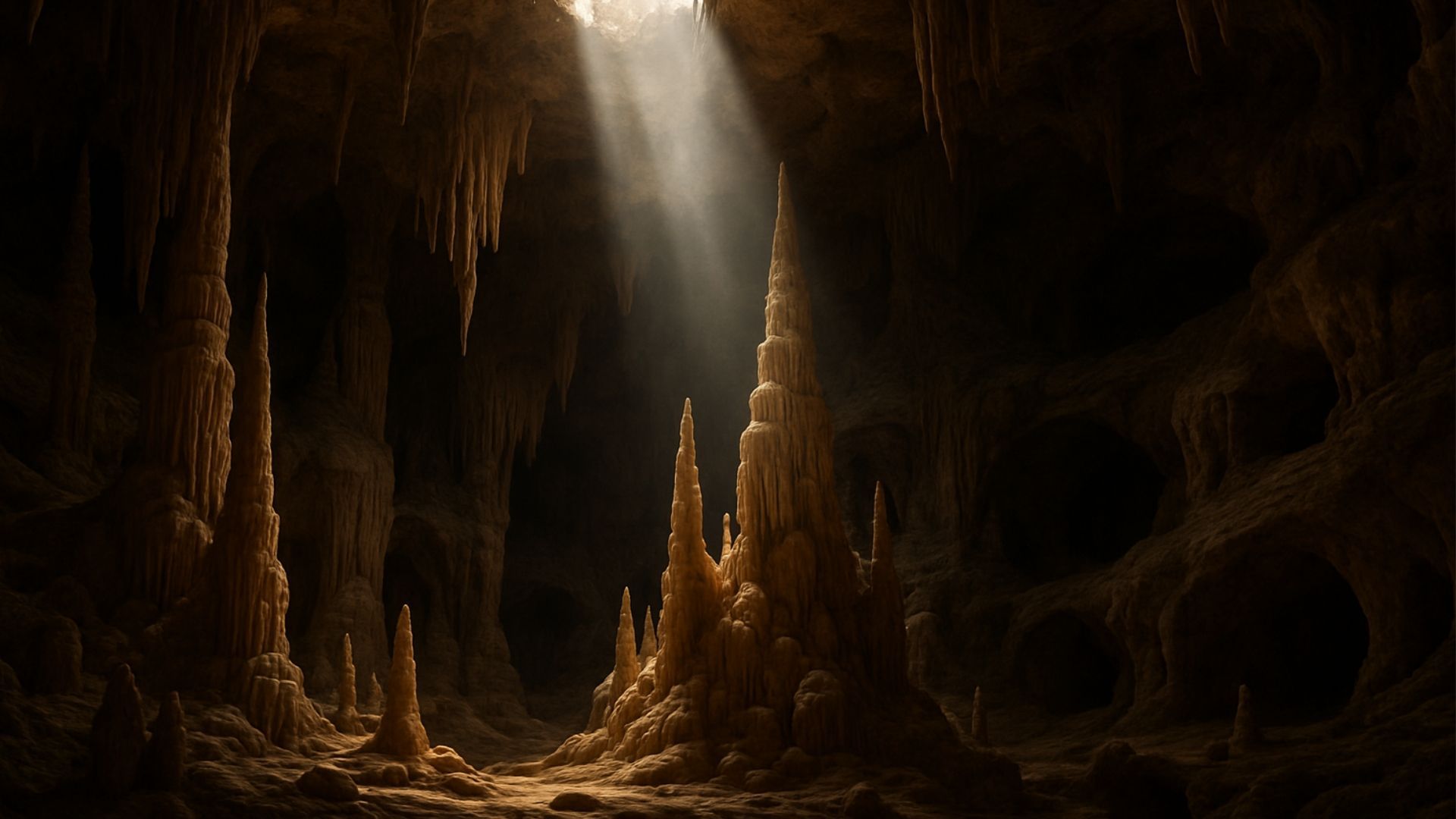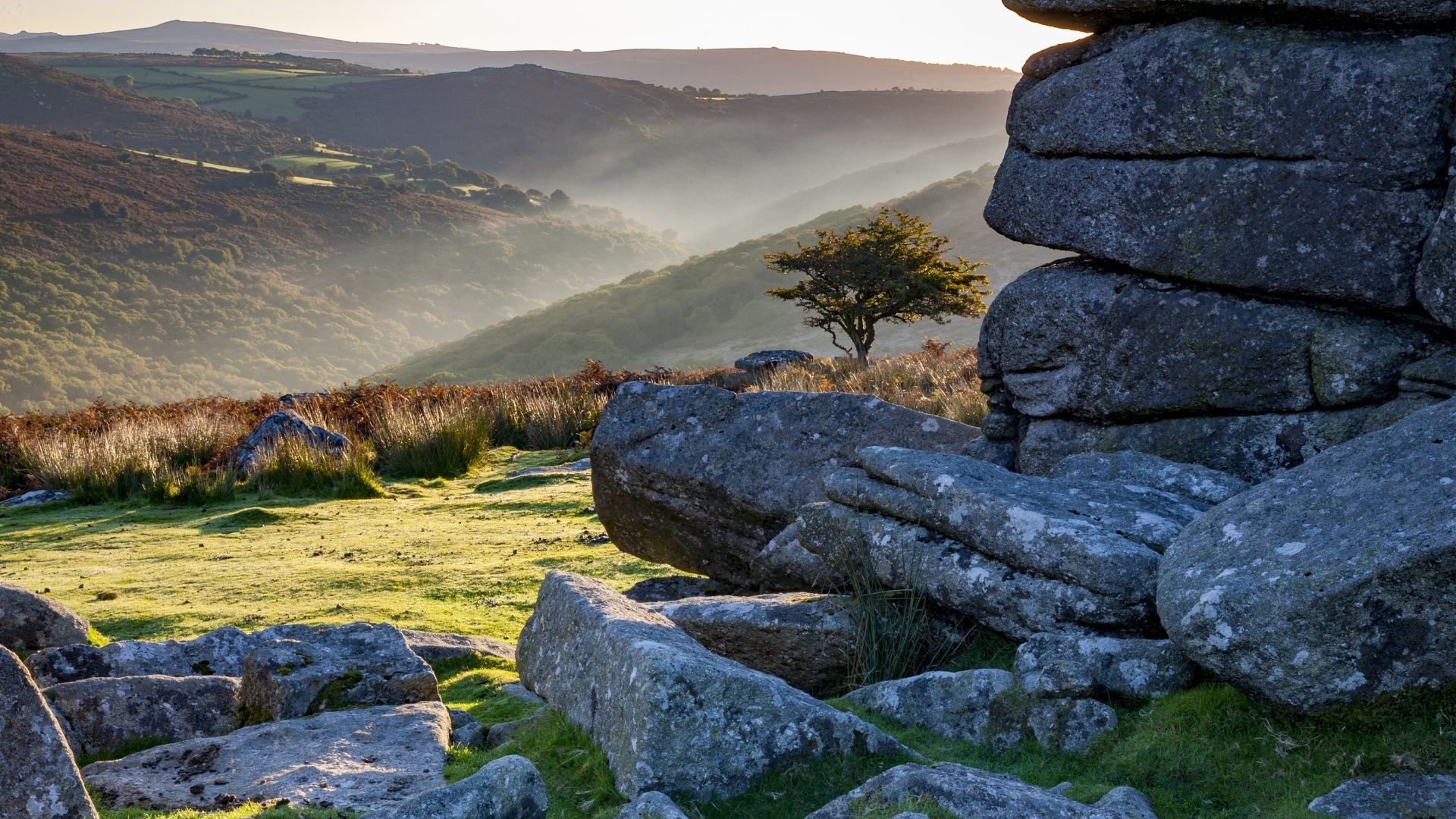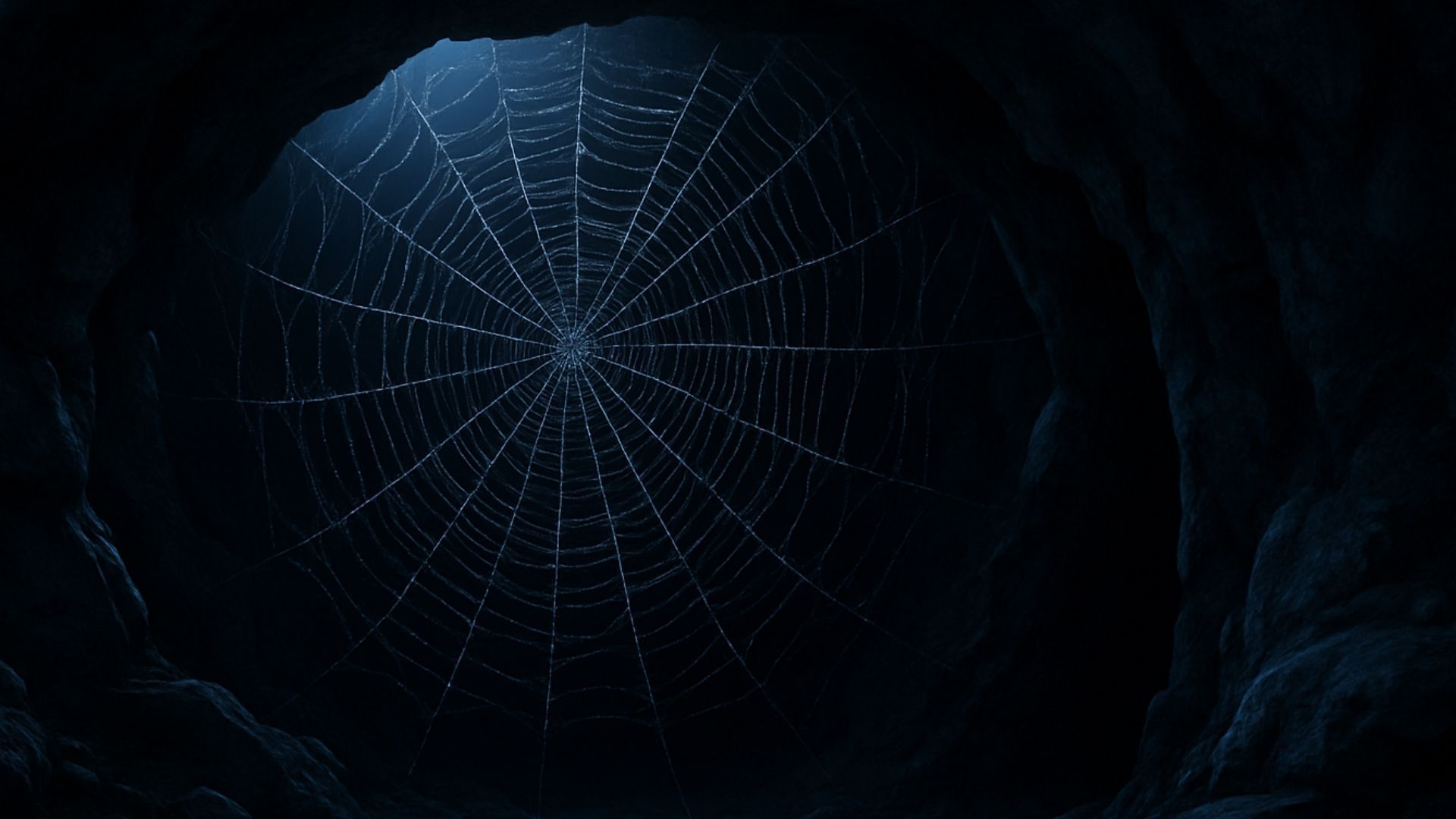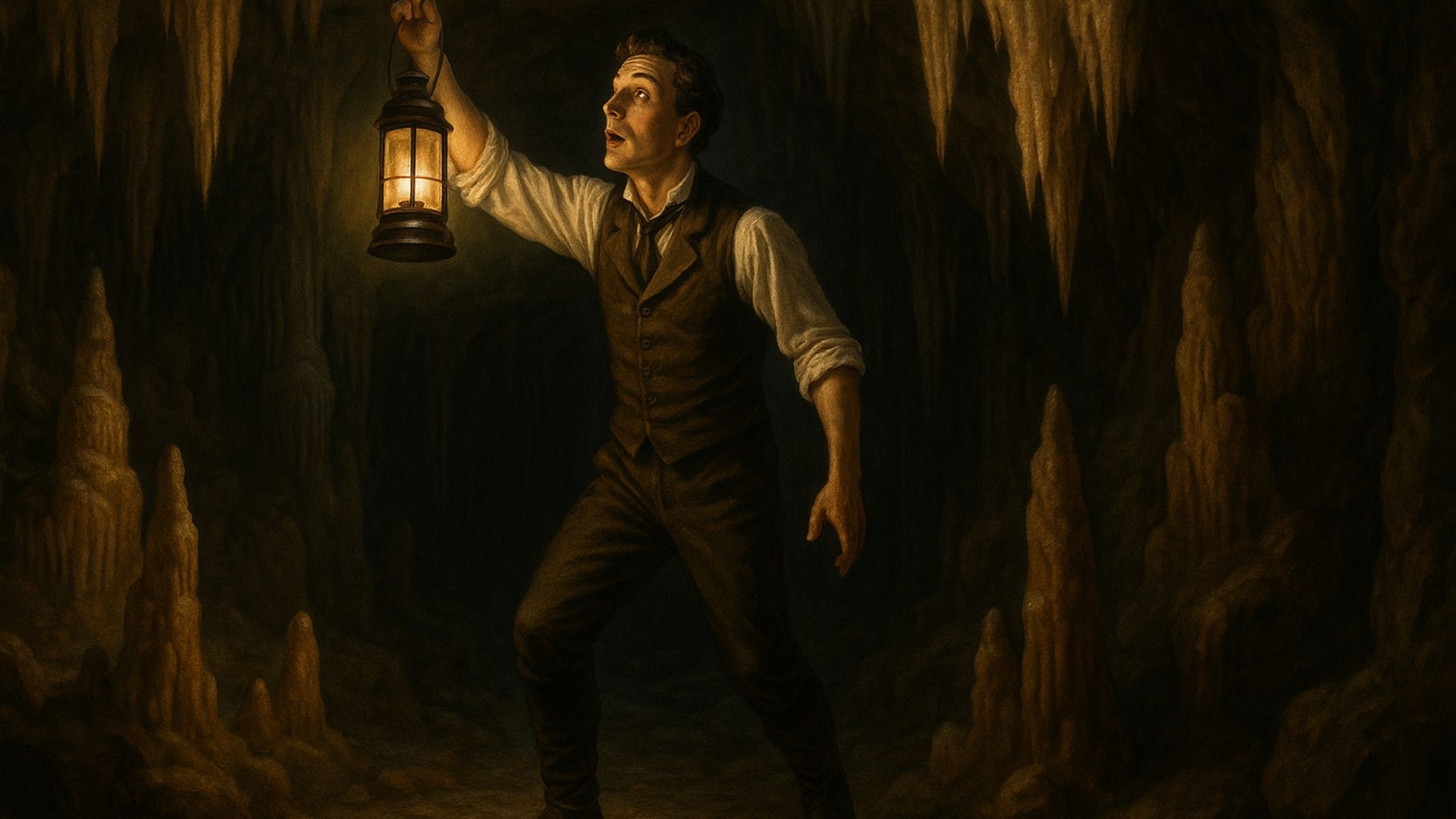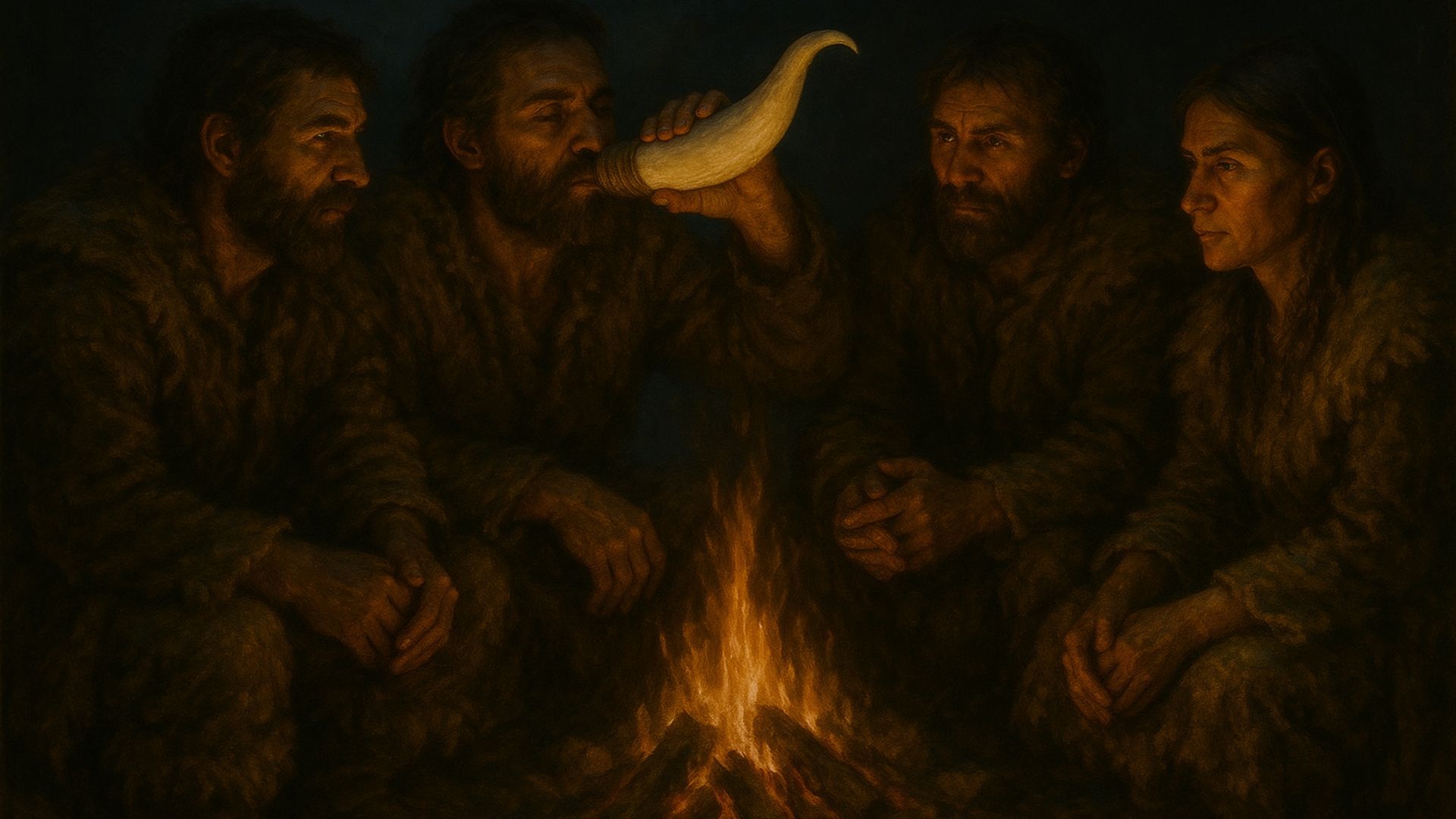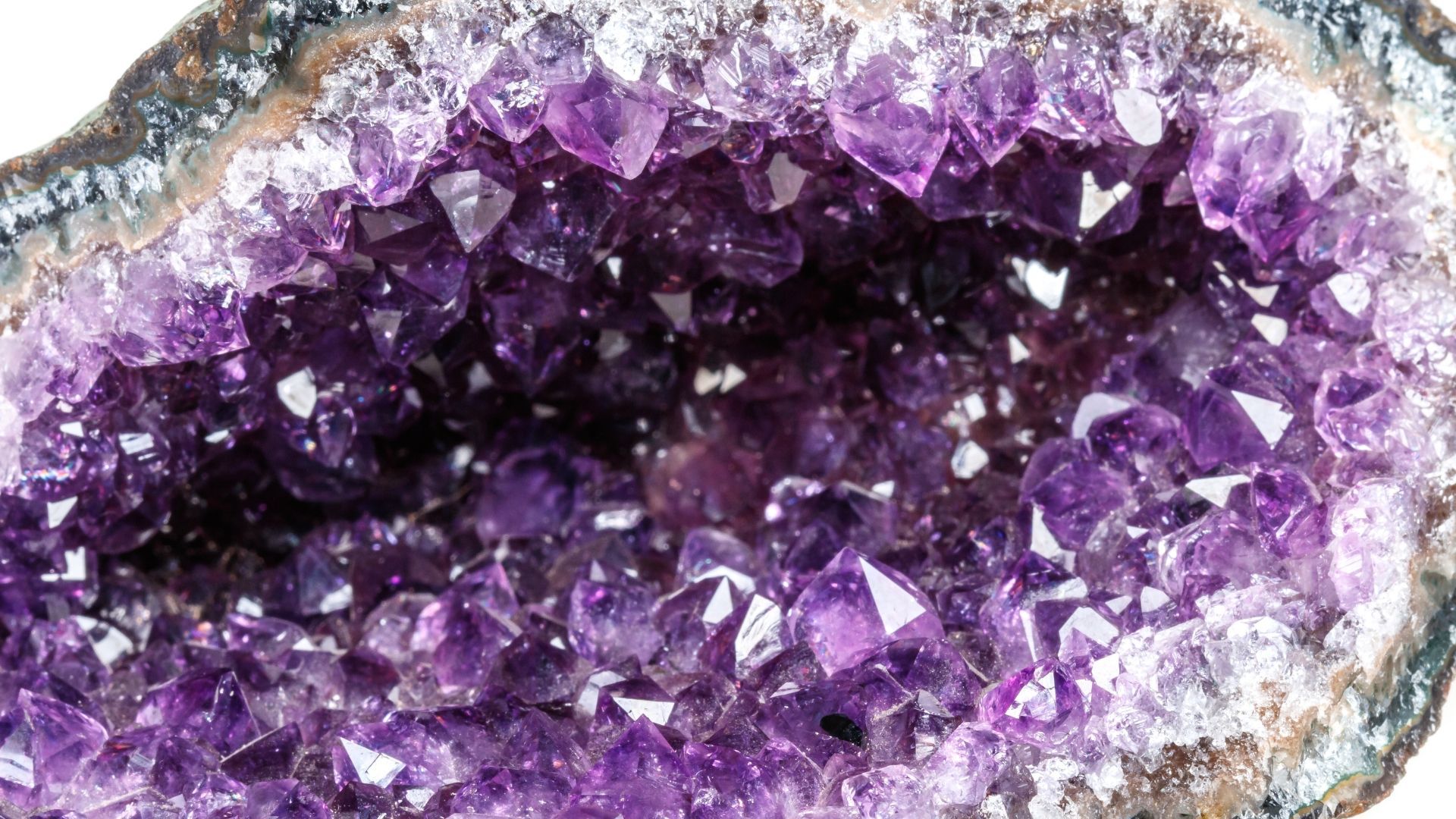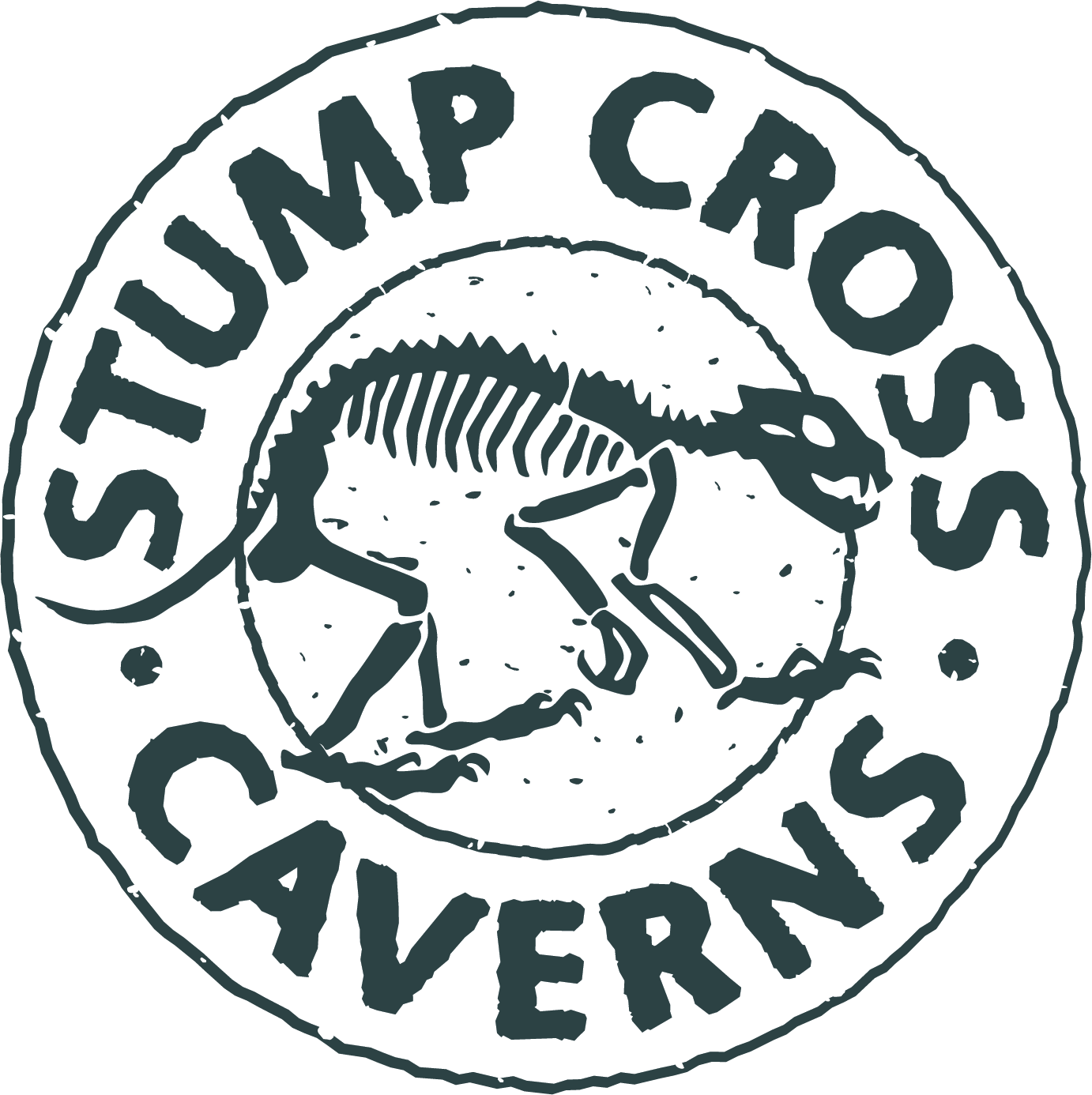Pangaea was a prehistoric supercontinent. Learn fascinating facts about its geography, climate and more.
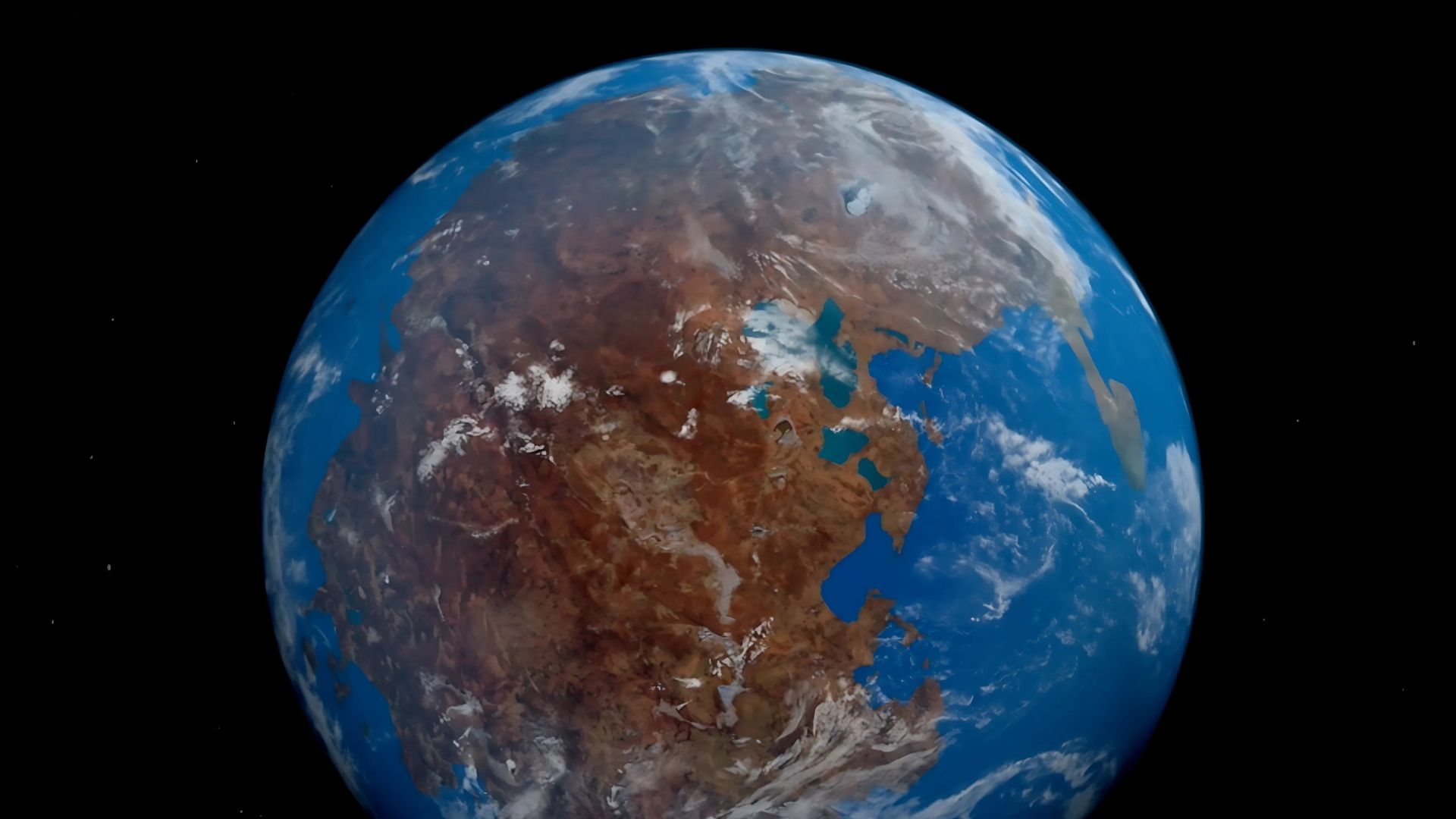
The Earth is changing all the time. Take the Pacific Ocean. Each year, it shrinks by a few centimetres, with scientists suggesting that it will close entirely in around 300 million years.
If this happens, the continents of Asia, North America and Australia will collide and form a new supercontinent called Amasia.
A supercontinent is defined as a landmass comprising more than 75% of the world's land. To put that into perspective, today's African-Eurasian landmass comprises around 60%.
The world as we know it today, with its spread-out continents and islands, is relatively recent. Once upon a time, the world's continents were fused in one giant landmass known as Pangaea.
Pangaea (pronounced "pan-jee-ah") was a supercontinent that existed around 300 million years ago. It began to break up around 200 million years ago – a process that took around 20 million years. Pangaea split into the continents we know today, along with the Atlantic and Indian Oceans.
So what was it like? Let's take a quick look at Pangaea's geography, climate and animal life.
What was Pangaea like?
Pangaea was shaped like a C. Most of its mass was contained between the Earth's polar regions. In total, it covered around one-third of the planet's surface.
In other words, it was big – big enough to break into modern-day Africa, South America, North America and Europe.
It was surrounded by Panthalassa. This global ocean eventually split into today's oceans when Pangaea broke apart.
As you might expect from such a vast landmass, the climate of Pangaea varied hugely. Scientists believe the interior was arid and desert-like with periods of heavy rain and flash floods – something like today's Namib Desert or Lake Eyre Basin.
Near the equator, there were probably Amazon-like tropical rainforests. Scientists point to coal deposits found in the USA and Europe – parts of the world that would once have been equatorial.
When Pangaea split, it wasn't just new continents and oceans that formed. The Ural Mountains, for instance, were formed when Asia and Europe collided.
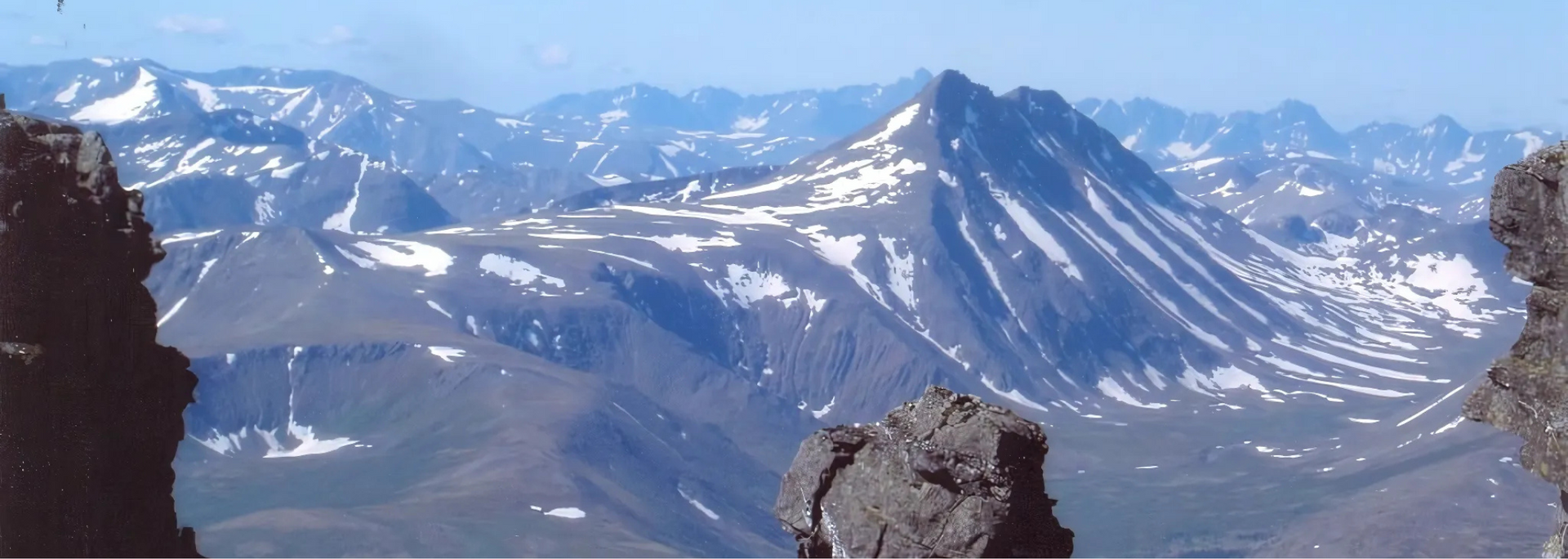
Pangaea was full of animal life. From beetles and dragonflies to reptiles and amphibians. From birds to dinosaurs. From pterosaurs to ichthyosaurs.
How did it break up?
The simple answer is "plate tectonics". This is the theory that the Earth's crust is made up of irregular puzzle pieces sitting on top of its molten centre.
This molten centre (the "mantle") has ocean-like currents that move the plates. Over thousands and millions of years, these plates can collide and break apart.
Pangaea began to break up when tectonic shifts caused a three-pronged fissure between present-day Africa, North America and South America. Magma welled up through the Earth's crust and volcanoes spewed ash and debris across the supercontinent.
Over time, it broke into smaller continents and formed a new ocean: the Atlantic.
A brief history of the history of Pangaea
The suggestion that the continents of the Earth were once a single unit goes back to at least the 16th century. However, the concept of Pangaea as a contiguous land mass was put forward by Alfred Wegener in 1912.
Wegener thought the supercontinent had broken apart because of centripetal forces caused by the Earth's slow rotation.
This theory was challenged – and it received its death blow when scientists discovered mantle convection. Together with extensive ocean floor mapping in the years following World War II, this led scientists to hypothesise plate tectonics – the current explanation for the breakup of Pangaea.
How do we know it existed?
The first clue that today's continents once formed a supercontinent is there to see on any world map. Some of the continental edges fit, they say, "tongue and groove". Look closely and you can see where they used to join together.
This observation isn't enough to assert the existence of a prehistoric supercontinent, however. This theory is backed up by the geologic record. The same types of rocks and
fossils have been found in places now long distances away from one another.
Take the rocks that made up the first huge Gondwana mountains (Gondwana being the supercontinent that preceded Pangaea). Rocks dating from the same period have been found as far apart as Brazil and northern Africa.
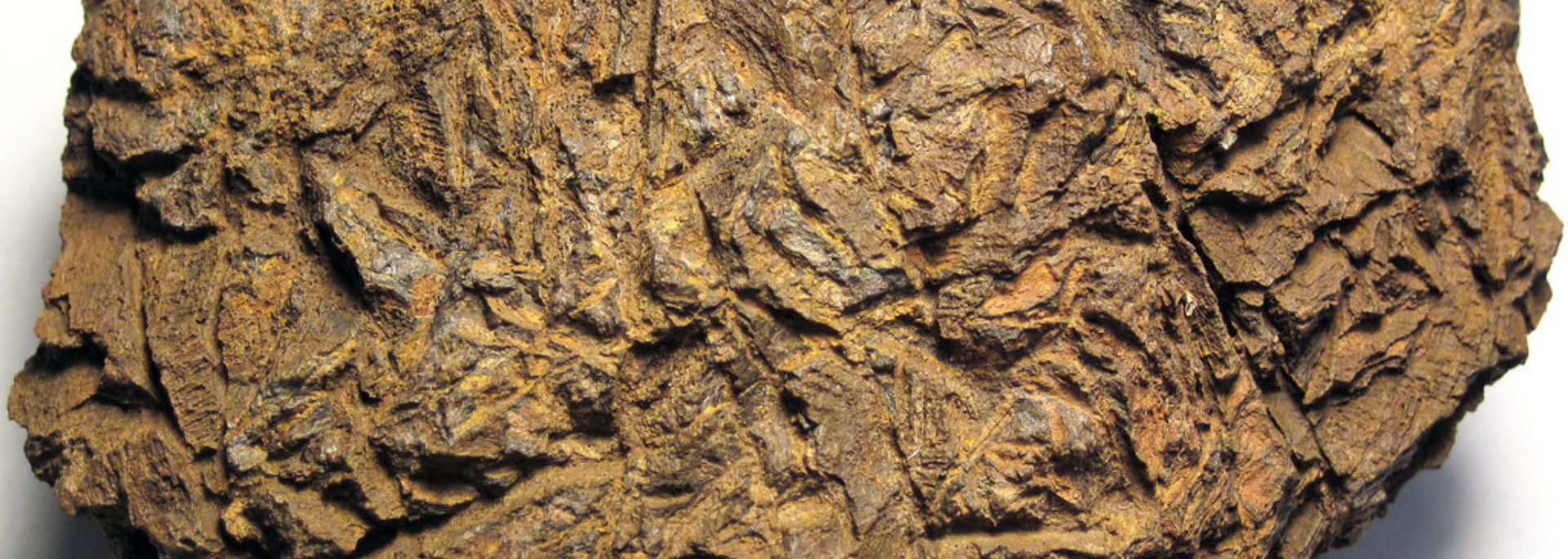
The same goes for fossils. Remains of small reptiles, for instance, have been found in Antarctica, India and South Africa.
Were there supercontinents before Pangaea?
Yes! Pangaea is the most recent supercontinent – but before it came Gondwana and Pannotia. Geologists suggest that there were even earlier supercontinents called Nuna, Rodinia and Ur.
Will there be another supercontinent?
Short answer: we don't know. Long answer: different scientists propose different supercontinents in the next hundreds of millions of years.
American palaeogeographer Christopher Scotese, for instance, proposes Pangaea Proxima. Based on his study of the formation and breakup of previous supercontinents, he suggests that this new landmass could form within the next 250 million years.
"It's all pretty much fantasy to start with," he says. "But it's a fun exercise to think about what might happen. And you can only do it if you have a really clear idea of why things happen in the first place."
And a
really clear idea of why these things happen is still beyond us. This is partly because the geologic record is full of anomalies – strange, unpredictable shifts in tectonic movements. This makes long-term projections about plate tectonics speculative, to say the least.
Nevertheless, scientists have also suggested Amasia, Aurica and Novopangaea as future supercontinents. Meanwhile, researchers from Curtin University in Australia and Peking University in China think the Pacific Ocean will continue to shrink until Eurasia and the Americas collide.
It's a fascinating area of science that's being explored all the time. Will mankind ever see another supercontinent? Or will it occur long after we're gone?
Plate tectonics and supercontinents are great examples of how prehistory opens up vistas in the imagination – and why we're so passionate about our ancient past here at Stump Cross Caverns.
At Stump Cross Caverns, we're big fans of geology, nature and the ancient world. Do you love it as much as we do?
Book tickets for our amazing underground caves and get ready for an educational and
unusual day out in Yorkshire.

